-
Senior Member
registered user

Originally Posted by
kl522

But there is actually an easier way to accomplish the "nowear" thing, is to ask operating system to be lazy on writing to flash. Here is one write up of such thing :-
http://www.cyrius.com/debian/nslu2/linux-on-flash.html
I thought this is a more elegant solution than to mimic the operating system behaviour in userspace.
As far as this mostly is about OS behavior, I fully agree. But I don't think that is the whole story. We have a lot of proper user space tasks resulting in many disk writes, furthermore, use of ramdisk can speed up running from flash sticks a lot. I also don't quite see that a nowear options has to be that much of an ugly hack, and in the actual use situations, we will mostly have more free memory to use in the time to come. (Because of games requirements and cheap RAM.)
At the very least, I think it is worthwile having a few users testing a clean implementation of it. And using a similar solution for things like databases could also be effective: We could, for example, aufs-mount a compressed ro part, a rw part from a disk partition and a ramdisk. Today, aufs won't let us use the compressed part, when that comes from something already aufs-mounted.
-
Senior Member
registered user

Originally Posted by
Capricorny

We have a lot of proper user space tasks resulting in many disk writes, furthermore, use of ramdisk can speed up running from flash sticks a lot.
The OS caches all disk writes using memory, so in a way, it is like a layer of ramdisk. It becomes slow only when the Ram is flushed to disk or flash. And here we have a choice to ask the OS not to flush it using the kernel parameters. This is the OS behaviour which I am talking about.
At the very least, I think it is worthwile having a few users testing a clean implementation of it. And using a similar solution for things like databases could also be effective: We could, for example, aufs-mount a compressed ro part, a rw part from a disk partition and a ramdisk. Today, aufs won't let us use the compressed part, when that comes from something already aufs-mounted.
Again, you are duplicating what database servers are doing. The database server caches as much thing as memory permits in the memory.
In any case, I shall not stop anyone from doing anything they so prefer. Feel free to implement these. It's useful learning exercise anyway.
-
Senior Member
registered user

Originally Posted by
kl522

The OS caches all disk writes using memory, so in a way, it is like a layer of ramdisk. It becomes slow only when the Ram is flushed to disk or flash. And here we have a choice to ask the OS not to flush it using the kernel parameters. This is the OS behaviour which I am talking about.
Again, you are duplicating what database servers are doing. The database server caches as much thing as memory permits in the memory.
In any case, I shall not stop anyone from doing anything they so prefer. Feel free to implement these. It's useful learning exercise anyway.
Of course, I know this.
There are two issues that don't get addressed by your approach:
1. Asking the OS to be as lazy as possible is not necessarily beneficial in all respects.
2. Even with max caching and I/O laziness everywhere, there are in many cases more than enough read/write operations left both to slow down operation and wear out flash.
So, while adding yet another layer of ramdisk may not be optimal in several respects, the issue for many, including me, is whether it severely degrades performance, and whether it goes with a defensive approach to system administration. The issue of performance degradation I think is probably a rather moot one, as all the caching going on will of course reduce the ramdisk involvment too. As for defensiveness, only experience can tell, but there are good reasons to expect at least some benefits.
 Posting Permissions
Posting Permissions
- You may not post new threads
- You may not post replies
- You may not post attachments
- You may not edit your posts
-
Forum Rules

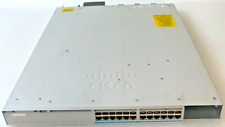
Cisco Catalyst C9300-24UX-A 24 Port 10G/mGig UPOE Network Switch, no module
$399.97

NetGear ProSafe GS748T V4 48-Port Gigabit Smart Switch w/ Ears
$35.00

ARUBA J9772A 2530-48G PoE+ 48 PORT ETHERNET SWITCH W/ RACK EARS J9772-60301
$125.69
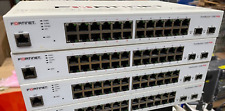
Fortinet FortiSwitch FS-124D-POE 24 Port Gigabit Ethernet Switch UNREGISTERED
$99.97
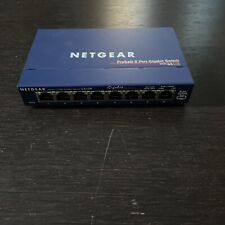
NETGEAR ProSafe 8-Port Gigabit Ethernet Network Switch GS108 V3
$14.75
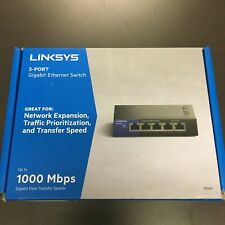
New Linksys SE3005 5-port Gigabit Ethernet Switch
$18.99
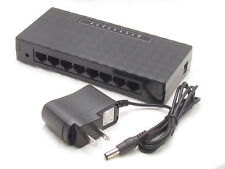
New 10/100 Mbps 8 Ports Fast Ethernet LAN Desktop RJ45 Network Switch Hub
$11.49
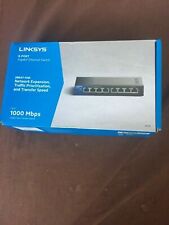
Linksys SE3008 8 Ports Rack Mountable Gigabit Ethernet Switch
$21.99

Dell X1018 X-Series Smart Managed Switches 16-Port Gigabit 2-Port SFP Switch
$65.00
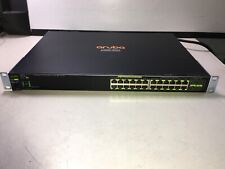
HPE ARUBA 2530-24G J9773A PoE+ 24-PORT GIGABIT ETHERNET SWITCH J9773-60201
$87.98




 Reply With Quote
Reply With Quote










